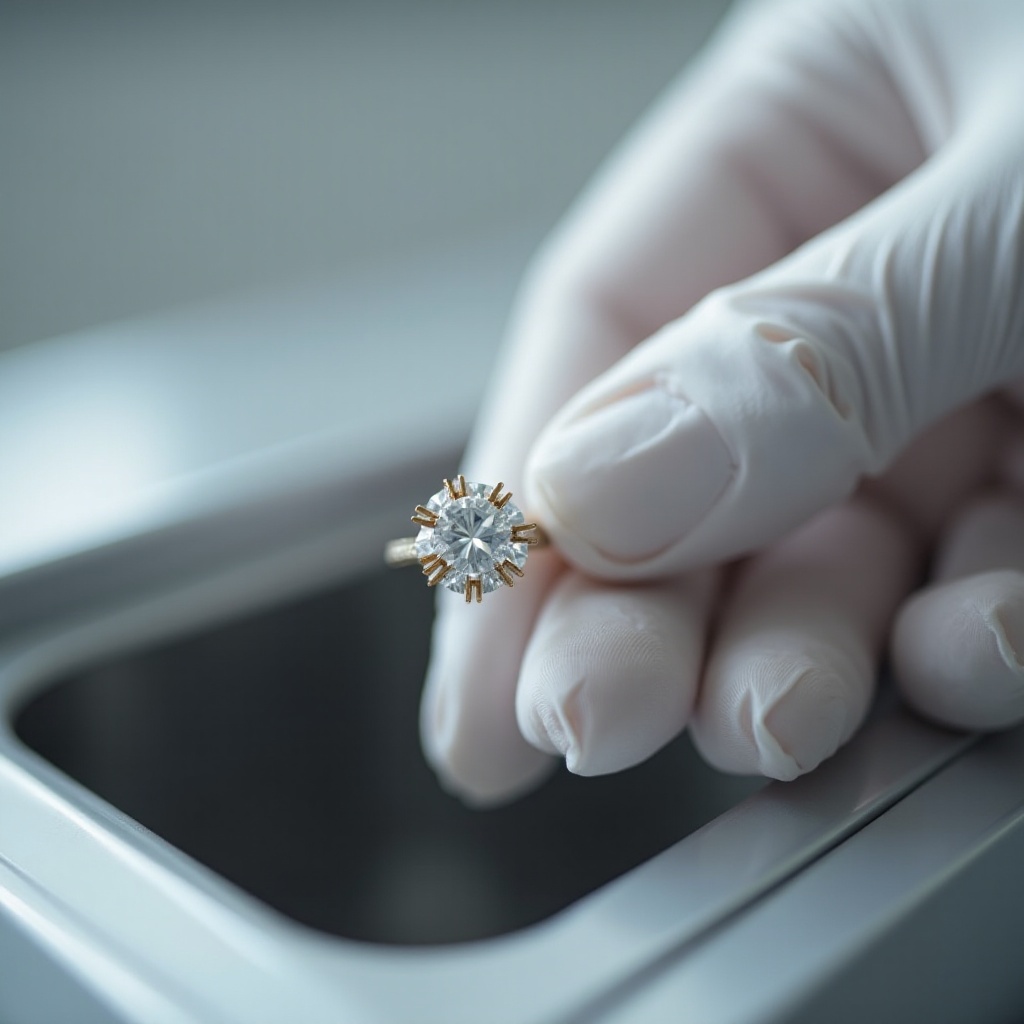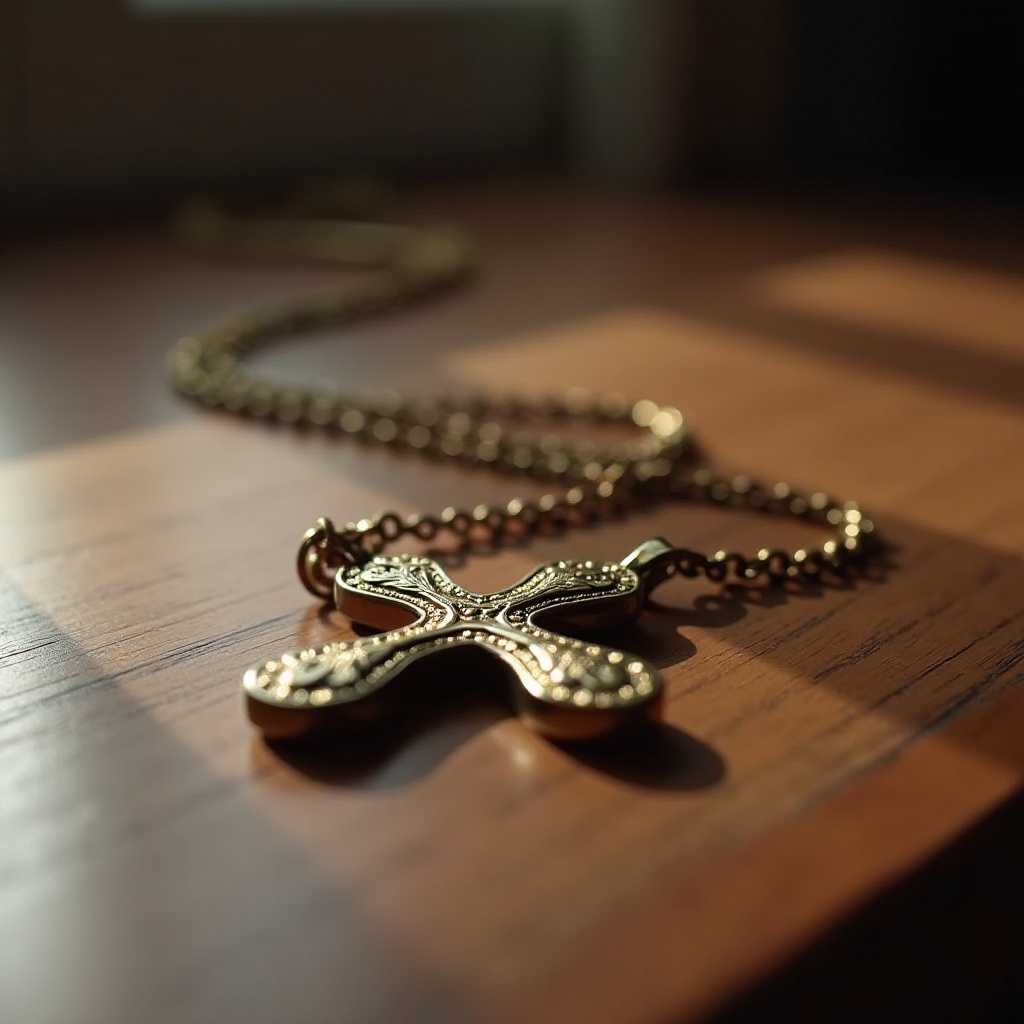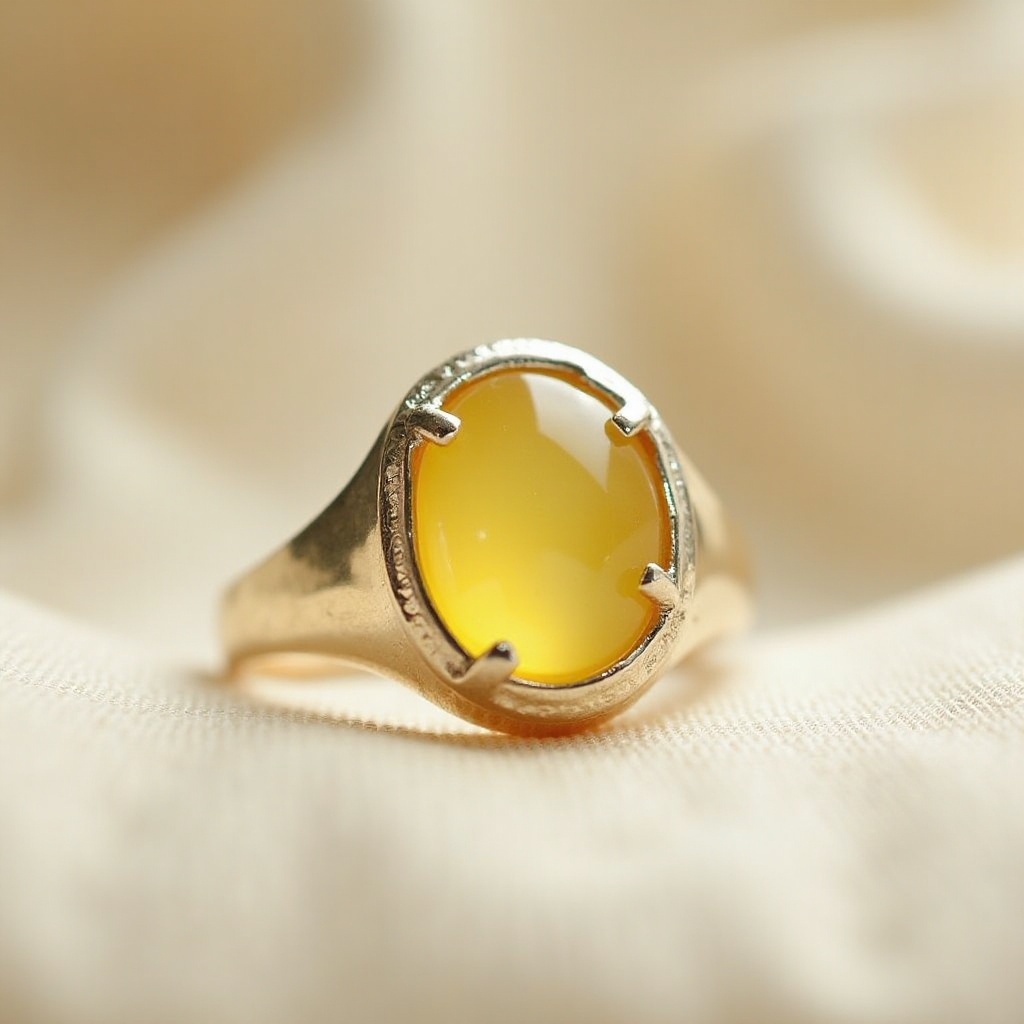The Complete Guide to Types of Necklace Clasps for 2024
Introduction
Choosing the right necklace clasp is crucial for both the functionality and aesthetics of your jewelry. Necklace clasps come in different styles, each with specific advantages and ideal uses. Understanding these clasp types helps you select the best one for your pendant necklace. This detailed guide on necklace clasps will walk you through classic, modern, and specialty styles, helping you make informed decisions for your jewelry collection.
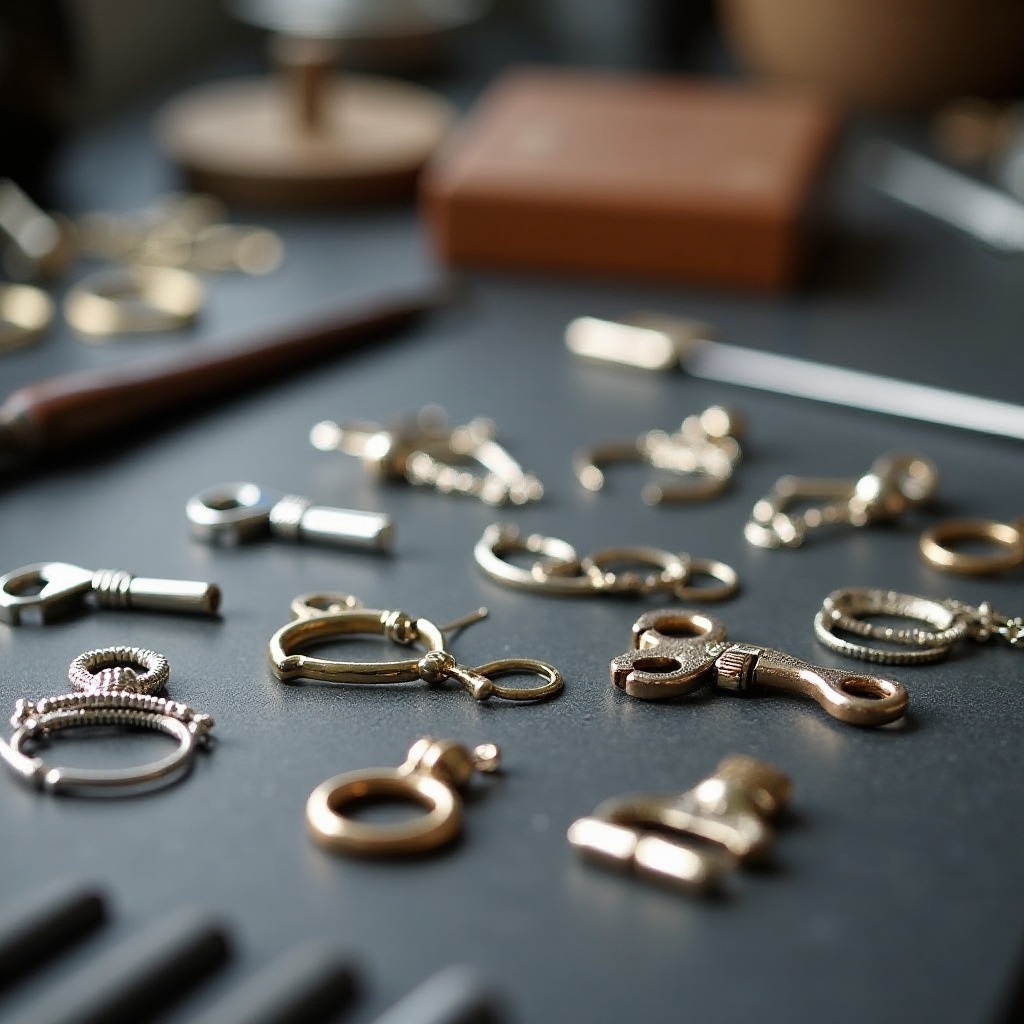
Classic Necklace Clasp Styles
Classic styles of necklace clasps have stood the test of time due to their reliability and ease of use. Here are some popular classic clasps.
Lobster Claw Clasps
Lobster claw clasps are popular due to their secure and practical design. Named for their distinctive shape, they feature a spring-loaded mechanism that opens and closes like a lobster's claw. This clasp is versatile and suits a wide range of necklaces, especially those that need extra security, such as heavier pendant necklaces. Users appreciate their durability, making them a go-to choice for high-value pieces.
Spring Ring Clasps
Spring ring clasps are a common and budget-friendly option. They consist of a small metal ring with an internal spring that opens when pushed. Once the clasp is released, the spring closes the ring. This type of clasp works well for lightweight necklaces and casual jewelry. However, it can be slightly tricky to operate, especially for those with dexterity issues.
Hook and Eye Clasps
Hook and eye clasps have been used for centuries. This simple and effective clasp includes a hook that fits into a ring or an eye. Ideal for lightweight necklaces, it's easy to fasten and unfasten. While they don't offer the most secure fit for heavy or valuable jewelry, they remain a popular choice for decorative and casual necklaces.
Transitioning from classic to modern clasps marks a significant shift in both form and function, offering more innovative solutions for jewelry enthusiasts.
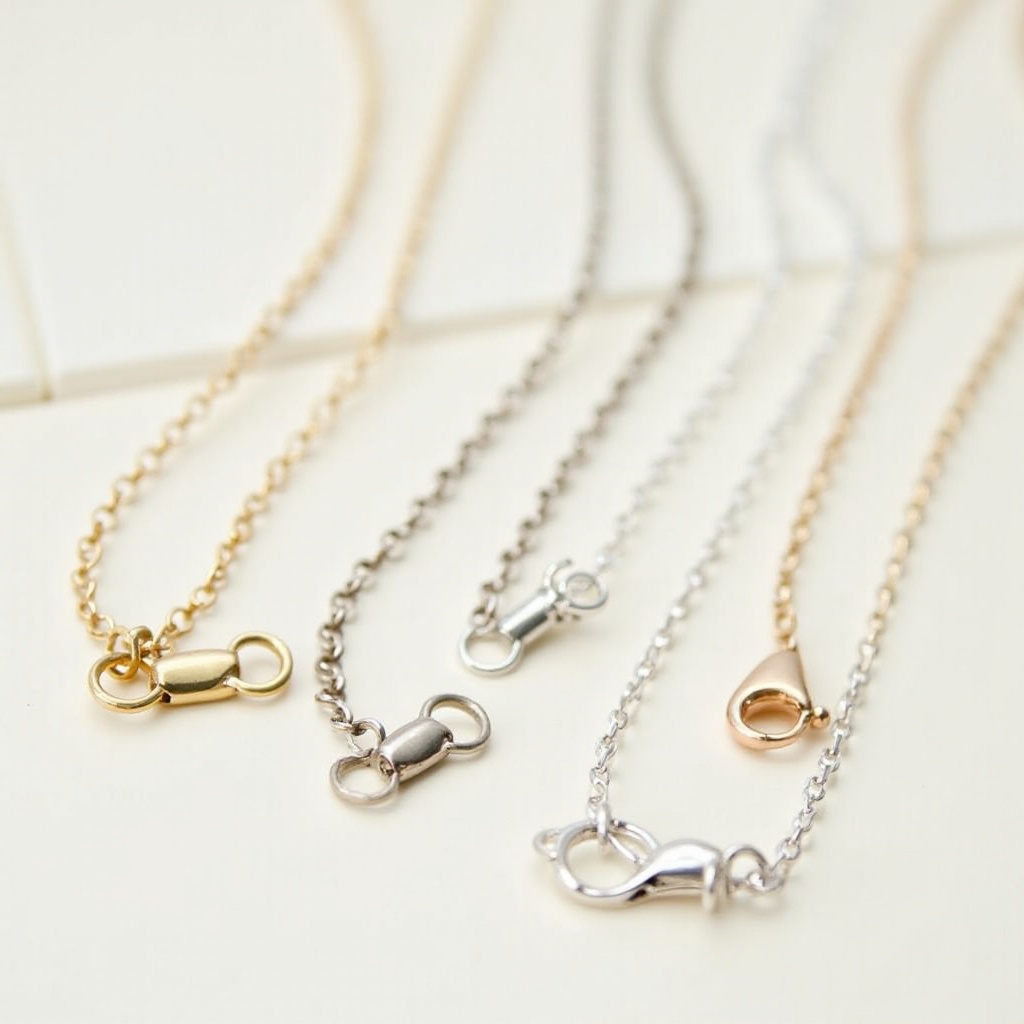
Modern and Innovative Clasps
Modern clasps cater to contemporary style preferences and practical needs. They often blend functionality with aesthetic appeal.
Magnetic Clasps
Magnetic clasps use strong magnets to keep your necklace securely fastened. Ideal for users seeking convenience, these clasps allow you to put on and take off the necklace quickly, without needing to fumble with small components. However, they may not be the best choice for heavy pendants, as strong tugs can sometimes cause them to come undone.
Toggle Clasps
Toggle clasps combine elegance with ease of use. They consist of a T-shaped bar that fits into a ring or loop. These clasps are easy to handle and add a decorative element to the necklace. Toggle clasps are best suited for medium to heavy necklaces, as the weight of the necklace keeps the clasp securely fastened.
Slide Lock Clasps
Slide lock clasps offer advanced security. These clasps typically feature a locking mechanism that requires a small slide or push, ensuring that the necklace stays fastened. They can be used on various necklace types, particularly those carrying valuable or heavy pendants. Slide lock clasps are an excellent option for those prioritizing security and ease of use.
Moving from modern innovations to specialty clasps, jewelry designers have created unique solutions for even more specific needs.
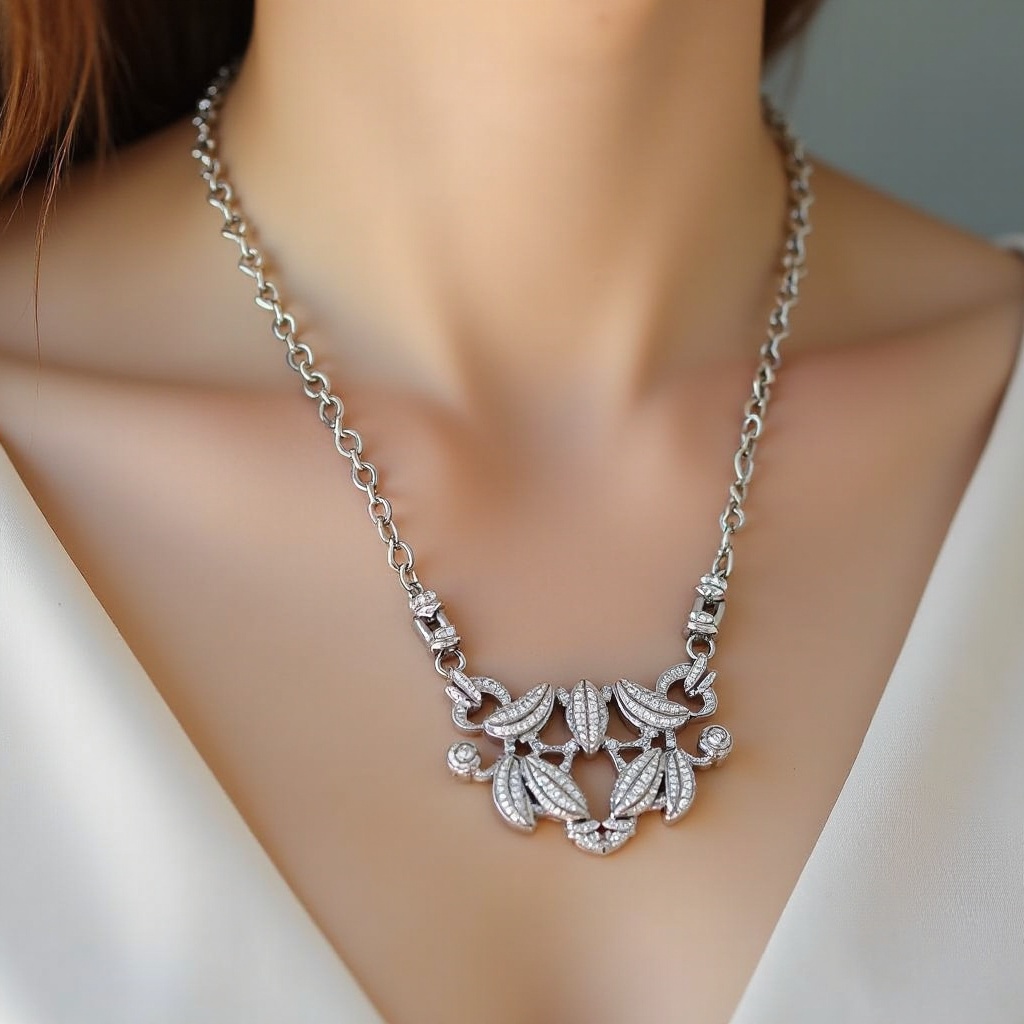
Specialty Clasps for Unique Pendants
Various specialty clasps cater to unique and specific requirements, ensuring that every type of pendant can be both secure and stylish.
Box Clasps
Box clasps, also known as tongue and groove clasps, are an intricate and secure option. These clasps feature a tongue that fits into a groove and clicks into place. They are often decorated and can be an aesthetic focal point of the jewelry piece. Box clasps are suitable for heavy and valuable necklaces, providing both security and a touch of sophistication.
Barrel Clasps
Barrel clasps, known for their cylindrical shape, screw together to secure the necklace. They offer a unique look and are particularly useful for those who prefer not to deal with traditional clasps. Barrel clasps are ideal for lightweight to medium-weight necklaces.
Other Specialty Clasps
Several other less common clasps, like fishhook clasps or push-button clasps, offer specific advantages. Fishhook clasps, for example, are elegant and secure, making them a good choice for fine jewelry. Push-button clasps provide easy access and secure fastening, suitable for various necklace styles.
After examining these specialty clasps, it's crucial to understand how to choose the right clasp for your specific pendant necklace.
Choosing the Right Clasp for Your Pendant
Selecting the appropriate clasp depends on the weight and design of your pendant. Here are a few tips to help:1. Weight Consideration: Choose stronger clasps like lobster claw or toggle clasps for heavier pendants.2. Design Match: Ensure the clasp complements the necklace's style and the pendant's design.3. Ease of Use: Consider how easy it is to use the clasp, especially if you have dexterity concerns.
Following these tips ensures that your pendant necklace is both secure and visually appealing.
Conclusion
Understanding the different types of necklace clasps is essential for making informed choices for your jewelry collection. From classic styles like the lobster claw and spring ring, to modern innovations such as magnetic and toggle clasps, and specialty options like box and barrel clasps, each type offers unique benefits. By selecting the right clasp, you can enhance both the functionality and aesthetics of your pendant necklaces.
Frequently Asked Questions
What is the most secure type of necklace clasp?
The most secure type of necklace clasp is often the box clasp or slide lock clasp, both offering advanced security features suitable for heavy and valuable jewelry.
How do I know which clasp is best for heavy pendants?
For heavy pendants, opt for lobster claw, toggle, or box clasps. These provide sturdy support and ensure that the necklace remains fastened securely.
Can I replace a necklace clasp myself?
Yes, you can replace a necklace clasp yourself with the right tools and some guidance. However, for valuable pieces, you may want to consult a professional jeweler.
